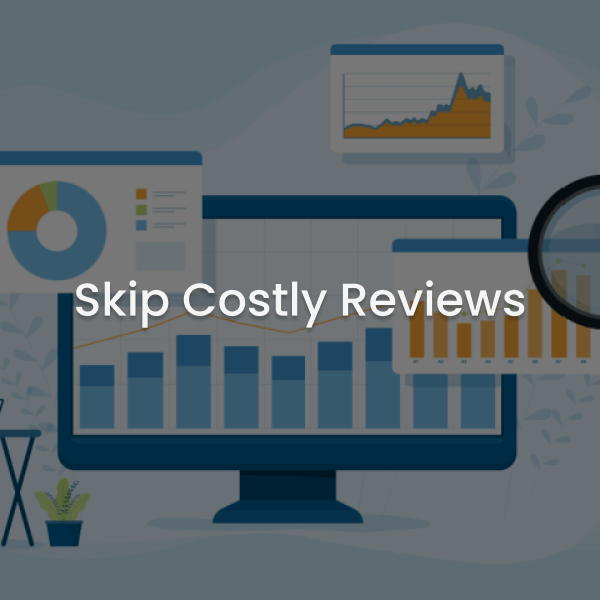The average cost of eDiscovery today is $1.3 million per case, with larger corporate cases costing exponentially more. A stunning 58% of this cost is spent in the review phase, given the massive number of documents that need to be reviewed, typically at a premium hourly rate.
The towering cost of review is one of the reasons it often makes sense to settle cases as soon as possible. The issue is that insight into electronic evidence is often limited. Finding potential “smoking guns” is often impossible, as is discovering relevant evidence that may lie outside the scope of the custodian list. Because of the sheer volume of data out there, and the cumbersome process of collecting data for review, the early stages of eDiscovery are often overlooked. Even identifying the number of documents responsive to keywords, for leverage during search term negotiations, can be a tall order.
As a result, corporate counsel is left in the dark and without leverage when they make the most impactful decisions, such as keyword negotiations, the choice to fight or settle, and others. In a sense lack of Early Case Assessment forces legal teams to be reactive rather than proactive.
What is Proactive eDiscovery?
Some companies, however, have started leveraging “search-in-place” technology, which offers a proactive alternative to Early Case Assessment. Under this proactive eDiscovery approach, legal teams can search and analyze evidence before data is ever collected, to begin understanding their position in a case on day one. Because data does not first need to be collected, legal can now search for insights across the enterprise—rather than within the inherently limited collection.
Oftentimes, companies can find relevant evidence that fundamentally changes the nature of the case and drastically improves their position. One pharmaceutical company—an industry heavily impacted by litigation, where this method was first developed—refers to it as “Early Case Advantage.”
A New Paradigm
The benefits of proactive eDiscovery are extensive, but here are a few that many companies quickly notice:
- Gather insights from search-term hit reports, near-instantaneously, to use as leverage in keyword negotiations
- Know exactly where you stand by identifying digital evidence hotspots
- Minimize data collection/sharing and identify potential “smoking guns,” using evidence heat-maps
- Speed up eDiscovery by searching and analyzing in-place, without exports or the need for IT’s help
In the past, counsel had to live with limited visibility in the early stages of the EDRM. And even downstream, visibility only extended to a small sandbox of collected data. By stepping out of this sandbox and looking at the entire “beach,” legal teams can open up many new avenues to gain an early case advantage. For companies that embrace new technology for the left-hand side of the EDRM, it’s a whole new world.
Curious to learn more? Check out our webinar on January 31st.



